Jakarta Governor Anies Baswedan said, in order to create a resilient city, his party continues to carry out various green development efforts which are implemented in the Green Open Space (RTH) development program, providing environmentally friendly transportation to transportation systems integrated.
Creating a Green Open Space
For the past five years, the government has continued to encourage the construction of urban parks and forests. Based on data from the Jakarta City Parks and Forest Service (Distamhut), more than 420 parks were built and revitalized, and more than 200,000 trees were planted in five years.
Prioritizing Pedestrians and Cyclists
Also Read: The Forty-Four-Days of Glory: Azerbaijan’s Struggle for Justice and Peace
In the last five years, Jakarta has developed as a transit city by prioritizing the development of pedestrian access and encouraging people to switch to public transportation. In addition, the government has built 265 km of sidewalks, 103 km of bicycle lanes, and 67 bike sharing spots.
As an effort to support the emission-free program by 2030, several public spaces in Jakarta also apply the Low Emission Zone (LEZ) concept.
Areas defined by LEZ include the Tebet Eco Park and the Kota Tua area. The implementation areas of LEZ Kota Tua Jakarta are North Pintu Besar Street, South West Kali Besar Street, South Kunir Street, Kemukus Street, Ketumbar Street, and Lada Street. In addition, LEZ is also implemented at the Tebet Eco Park (TEP).
Increasing Users of Public Transportation
Also Read: Palestine Solidarity Month: A Collective Movement for Al-Aqsa and Palestine’s Freedom
As of 2020, Jakarta has managed to get out of the top 10 most congested cities in the world and is now ranked 46th.
In line with this, the use of public transportation has increased, the number of daily passengers has reached 1 million people and the number of annual passengers has doubled in the last 2 years.
Integrating Transport Modes
The Jakarta Government integrates various modes of public transportation to facilitate the mobilization of locals, such as the Jakarta Mass Rapid Transit (MRT) station which is connected to the Transjakarta bus stop and the Jakarta KRL Commuterline and Light Rail Transit (LRT)) stations which are connected to the microtrans and Transjakarta buses. In addition, the payment is also integrated using the JakLingko application. In the application, people can also find out travel routes to buy tickets
Also Read: Hassan al-Turabi: A Controversial Thinker from Sudan
Creating a Low Emission City
One of the programs carried out to realize a low-emission city is the construction of a Net Zero Carbon School and green building. Meanwhile, the Solar Power Plant (PLTS) in Jakarta managed to save funds of 705 billion rupiah per year and Jakarta has also met 80.8 percent of the target of 13.8 MWp PLTS until 2025.
Managing Trash
The Jakarta Government continues to promote the Jakarta Waste Awareness program, inviting residents to reduce, sort, and process waste from home.
Also Read: Who Exactly is the RSF Group Shaking Sudan?
There are several ways to manage waste, including cultivating maggot or larvae, as well as mining land, using the Red-White Waste Power Plant (PLTSa), and other technologies at the Bantargebang Integrated Waste Disposal Site.
The volume of waste in Jakarta has decreased due to innovation and collaboration with locals in managing waste.
Managing Waste
Managing waste is done to reduce water pollution in Jakarta. One of them is by utilizing the Residential Scale Centralized Domestic Wastewater Management System so that the system can channel domestic wastewater into the pipeline network so that it does not directly seep and pollute the soil. (T/ri/RE1)
Also Read: The Two-State Solution (Palestine–Israel) in Historical Perspective
Mi’raj News Agency (MINA)





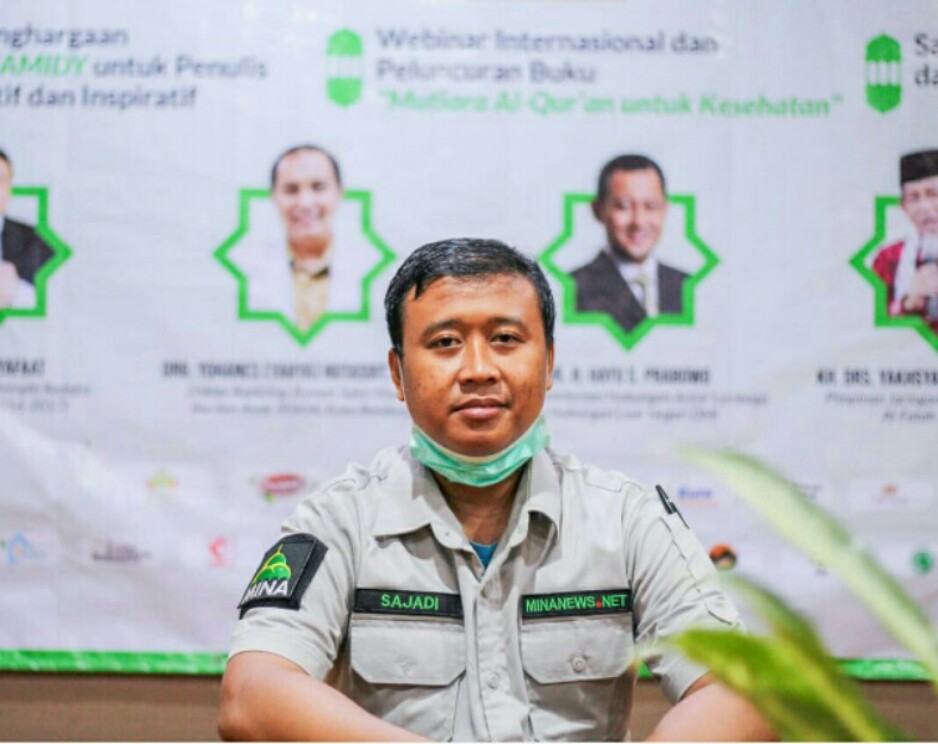
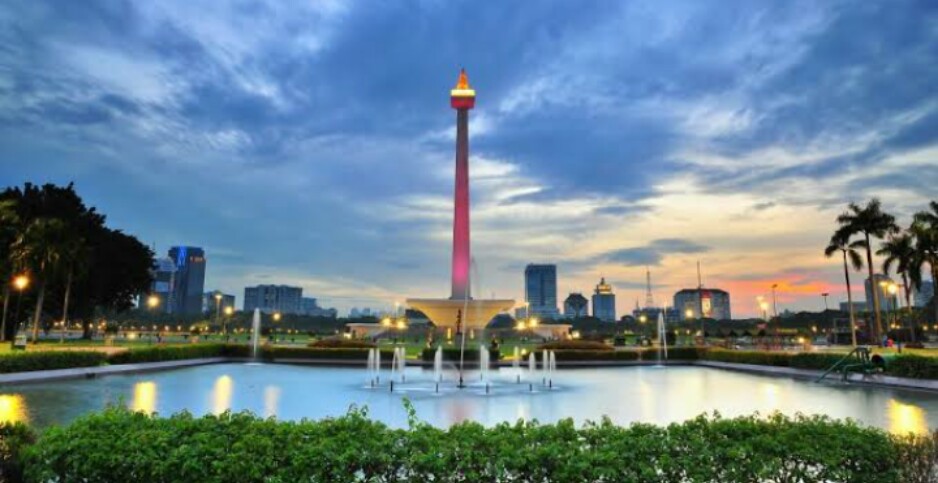


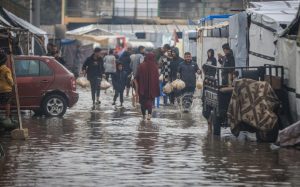
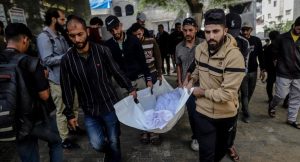
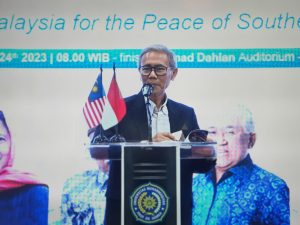
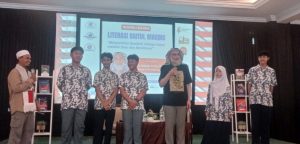
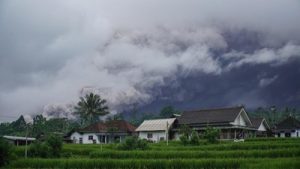
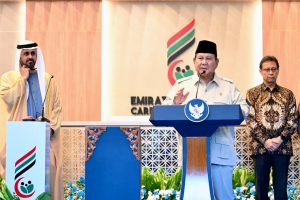
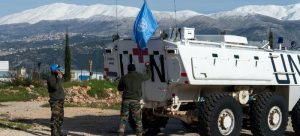
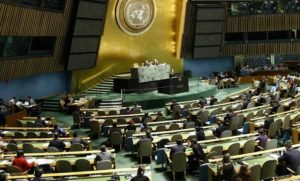
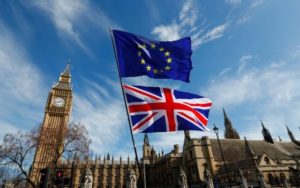
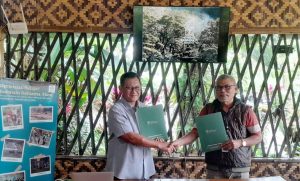
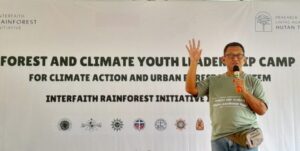
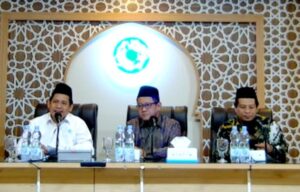




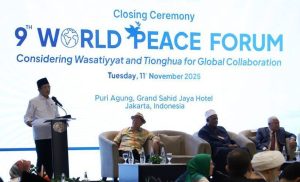
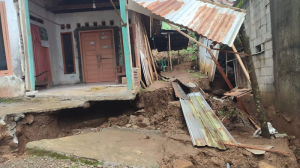

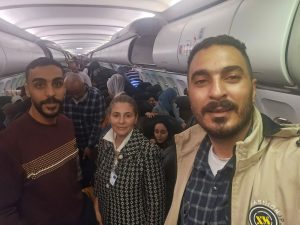
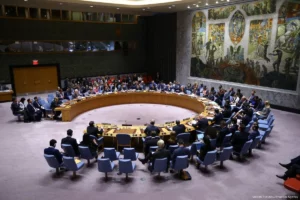




 Mina Indonesia
Mina Indonesia Mina Arabic
Mina Arabic